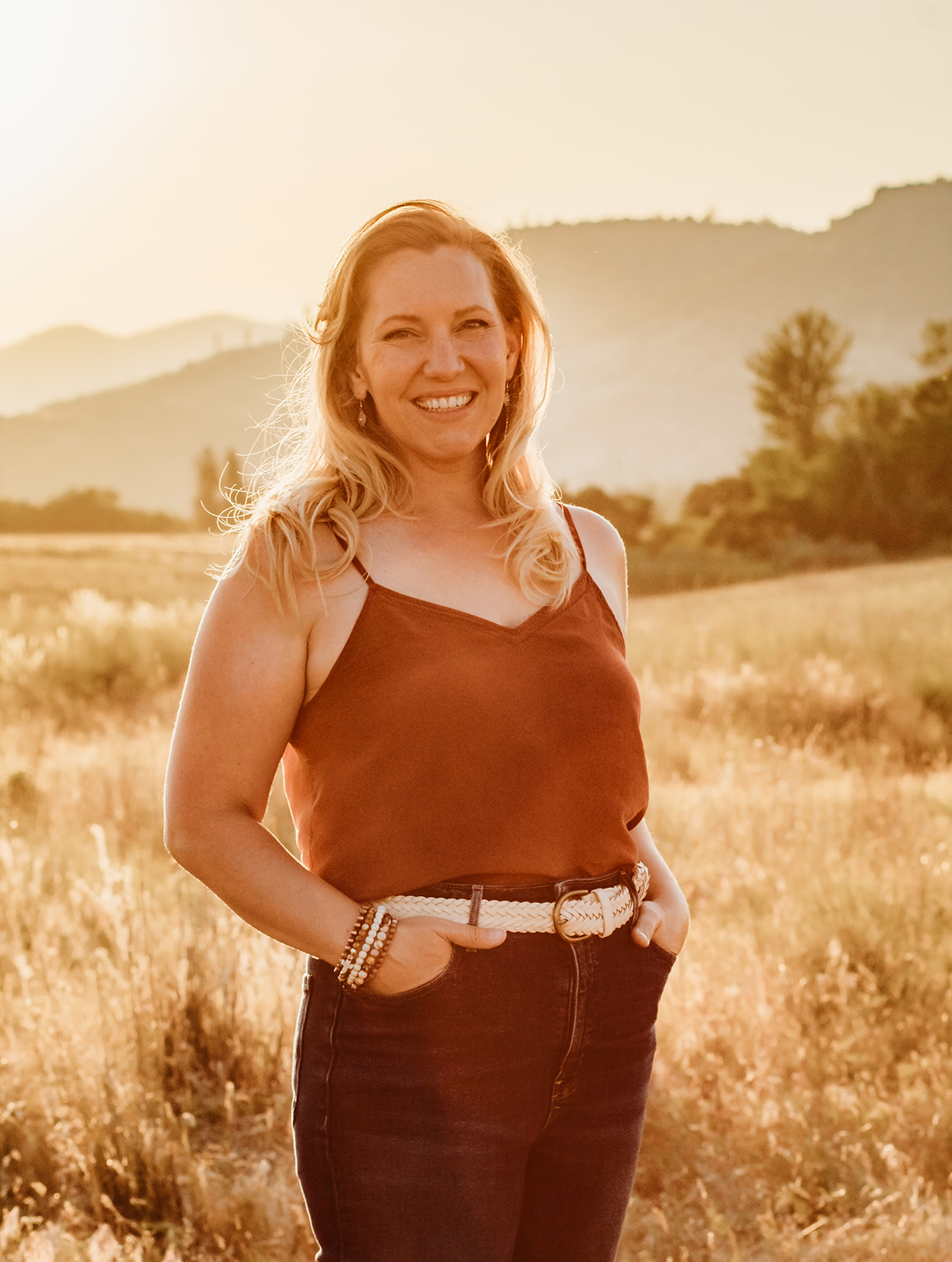Kait Palmer
All About Essential Oils
Aromatic, Topical, and Dietary
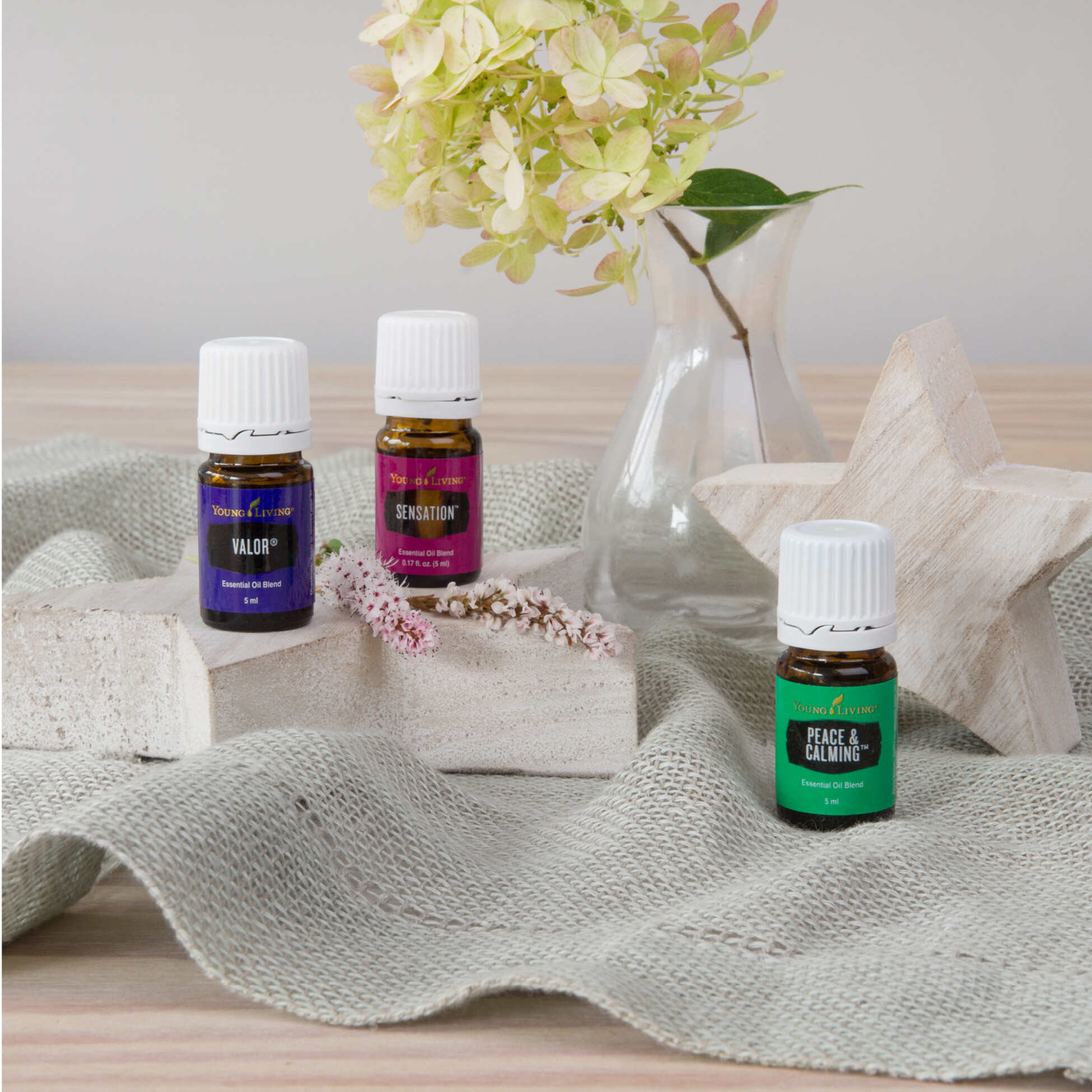
Essential oils have enriched lives for thousands of years, offering a variety of benefits from cosmetic and dietary purposes to spiritual and religious use.
Extracted through careful steam distillation, resin tapping, and cold pressing, the purest essential oils are far more powerful than the botanicals from which they come.
You can access the power of essential oils in many ways, but the most common practices include aromatic diffusion, topical application, and dietary consumption. These methods bring the pure essence of health-promoting botanicals to your home, family, and life.
Extracted through careful steam distillation, resin tapping, and cold pressing, the purest essential oils are far more powerful than the botanicals from which they come.
You can access the power of essential oils in many ways, but the most common practices include aromatic diffusion, topical application, and dietary consumption. These methods bring the pure essence of health-promoting botanicals to your home, family, and life.
Uses Of Essential Oils
Essential Oils can be used in many ways, including:
- Inspire a positive emotional state
- Enhance your physical wellness
- Awaken spiritual awareness
- Purify your home
- And so much more!
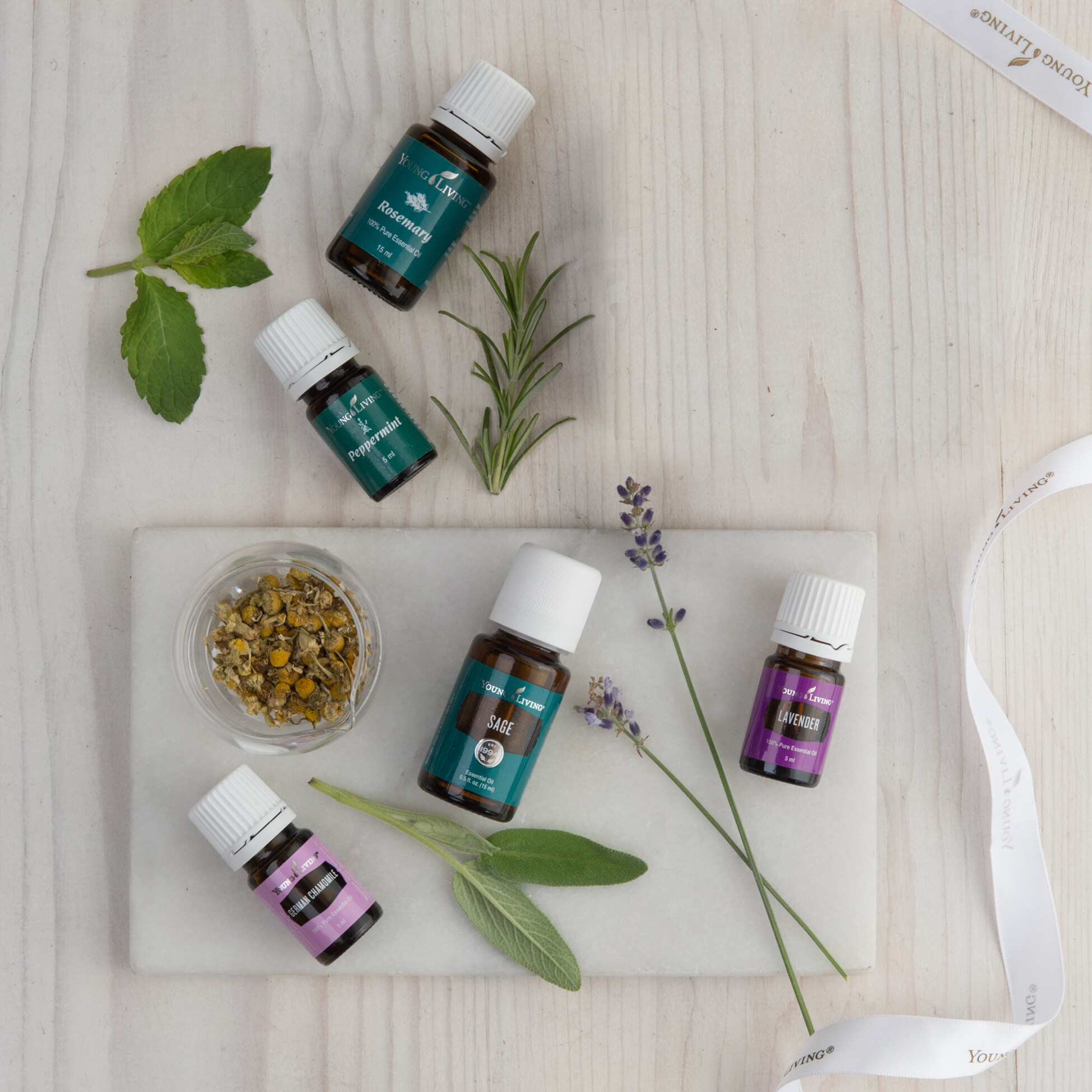
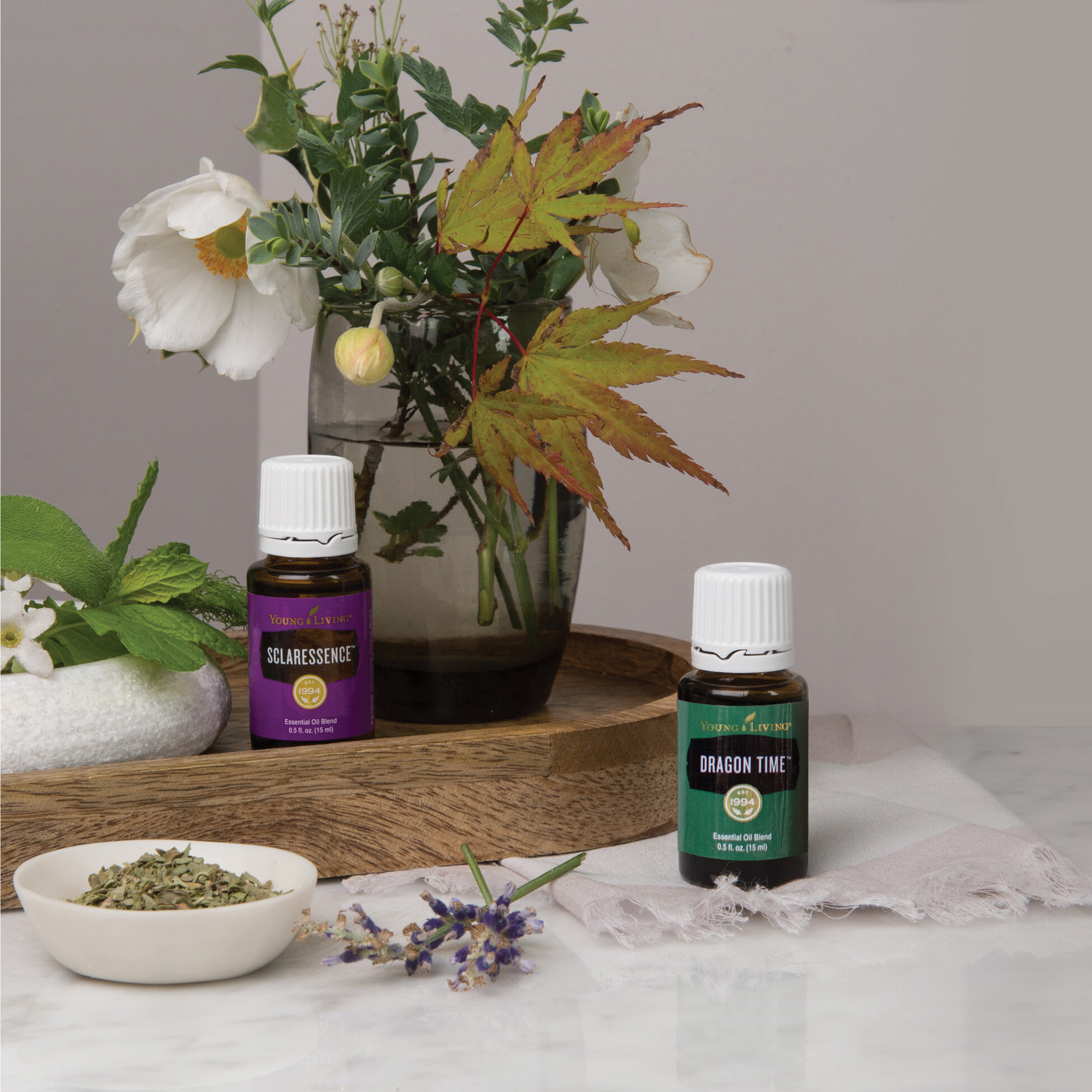
What Are Essential Oils?
They are the most powerful part of the plant.
They are distilled from shrubs, flowers, trees, roots, bushes, fruit, rinds, resins, and herbs. Oils consist of over 100 different, natural organic compounds.
In humans, they provide support for every system in the body: your skeletal system, your muscular system, circulatory system, endocrine system and your hormones, respiratory system and immune system. They support brain health and healthy weight. They are used extensively for emotions and for spiritual support in your prayer life. An oil in a diffuser can soothe a child’s tough day at school and provide a calming effect when you’ve had a stressful day at work. Oils can be used as an alternative to toxic cleaning chemicals in the home. You can literally start swapping out every single chemical cleaning toxin in your home to live a purer lifestyle, and you can do it without breaking the bank!
Uses Of Essential Oils
Topical
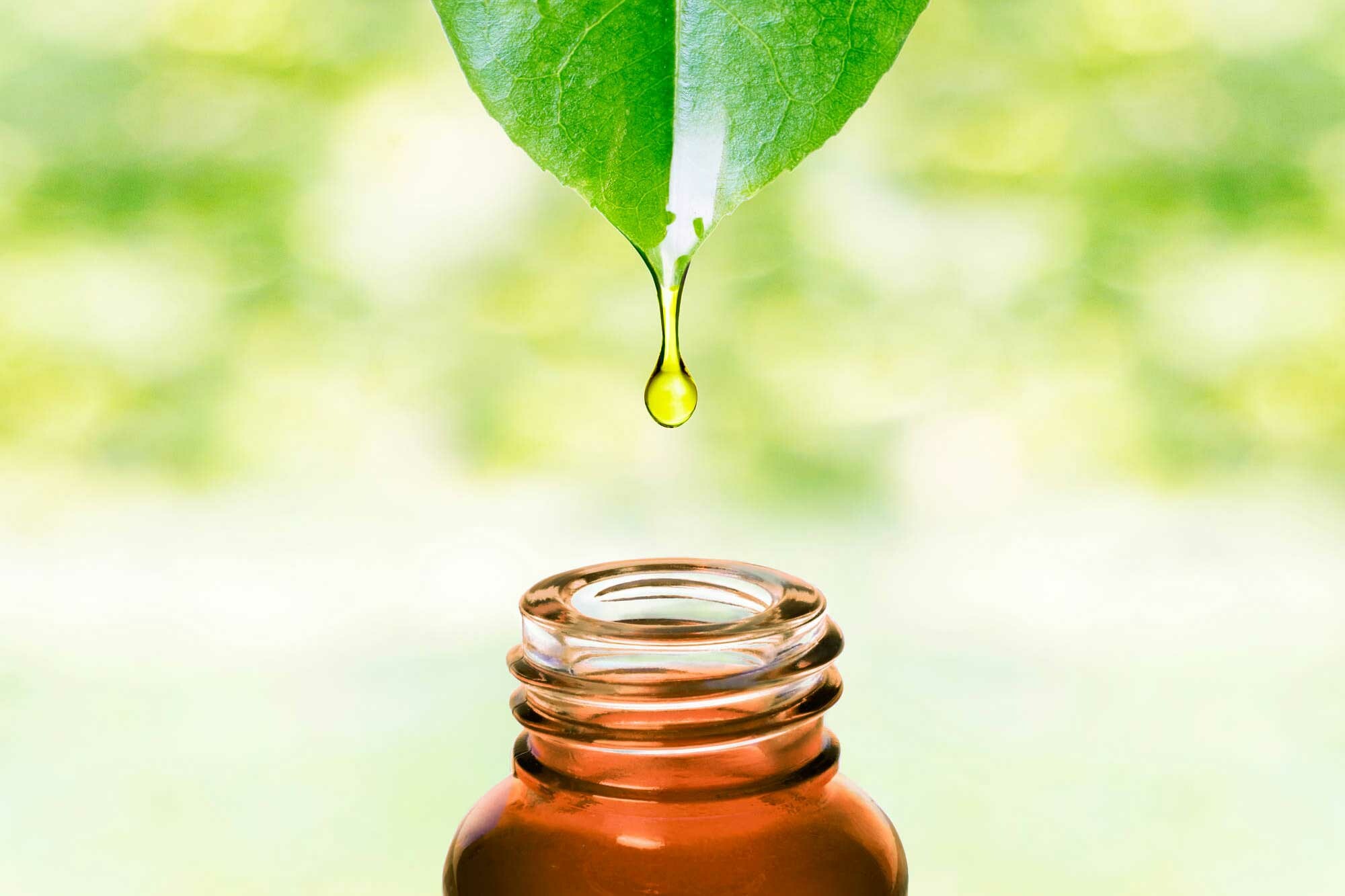
The skin is the largest organ of the body, so topical application of essential oils can help in many ways. Whether used for a full-body massage or on location for those sore post-workout muscles, essential oils can bring relief.
Using oils topically is as simple as adding a drop of sandalwood to your skin care routine, rubbing PanAway on your joints for pain, or using some Clarity on your brain stem.
Make sure to dilute “hot” oils like cinnamon, oregano, lemongrass, thyme, Thieves, etc. If you ever use an oil and your skin pinks up or it feels a little warm, just add some carrier oil (like coconut, almond, jojoba oil, etc.). A little goes a long way, so we always recommend you “start low and go slow.”
Tests have shown oils reach the heart, liver, and thyroid in three seconds when inhaled. Expulsion of essential oils takes three to six hours in a normal, healthy body.
Aromatic
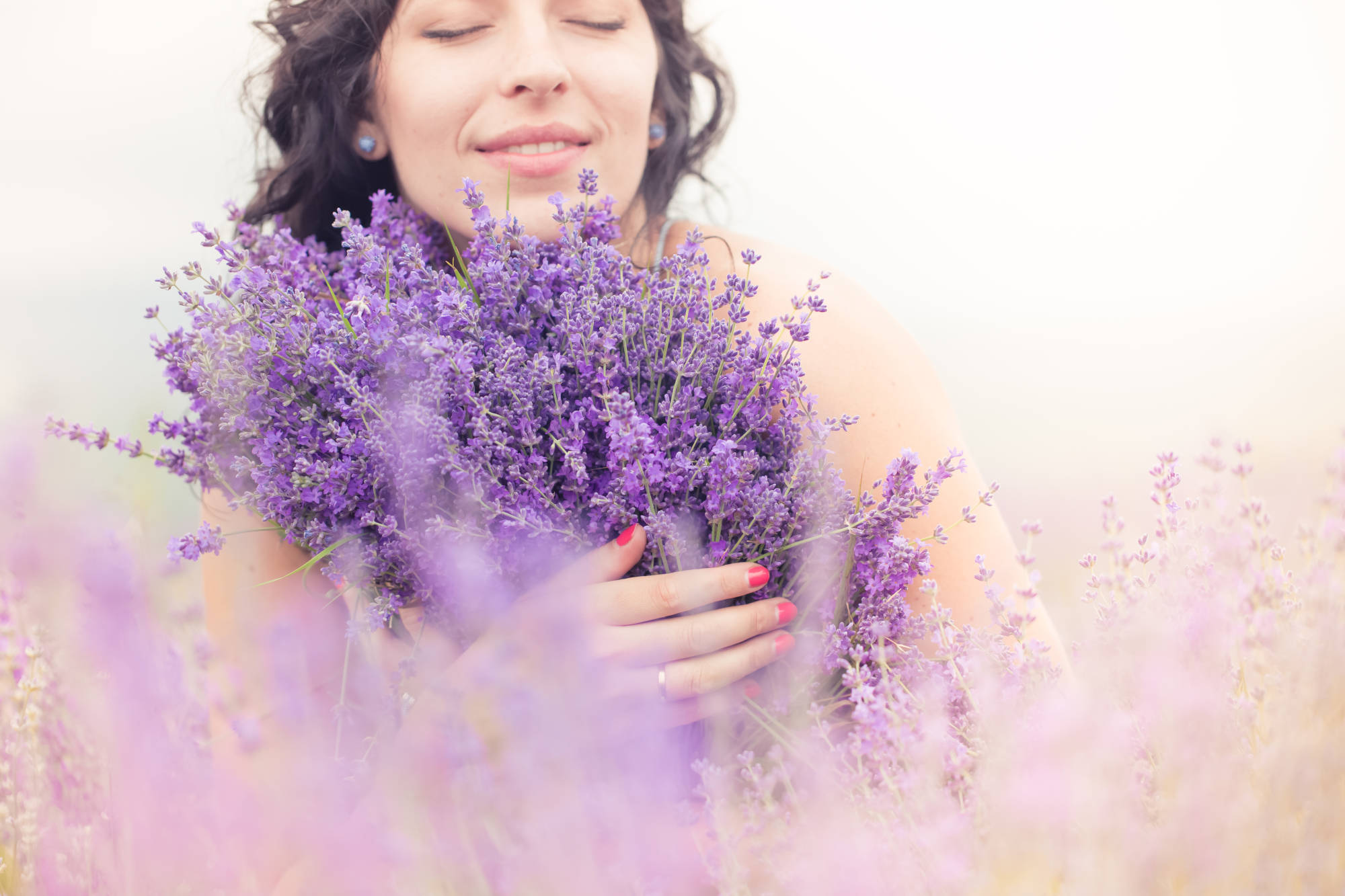
Inhalation is a very effective way to get the benefits from essential oils. The molecules in essential oils are small enough to cross cell membranes and the blood-brain barrier.
Crack open a bottle, and breathe it in. It can be that simple! Add your oils to a diffuser and enjoy the therapeutic benefits from diffusing. Use diffuser jewelry made from leather, clay, or lava rocks. Add some oils to a wood clothespin attached to the vent in your car. Put a drop in your palm, rub your hands together, and cup your hands over your nose. Breathe deeply and enjoy!
Dietary
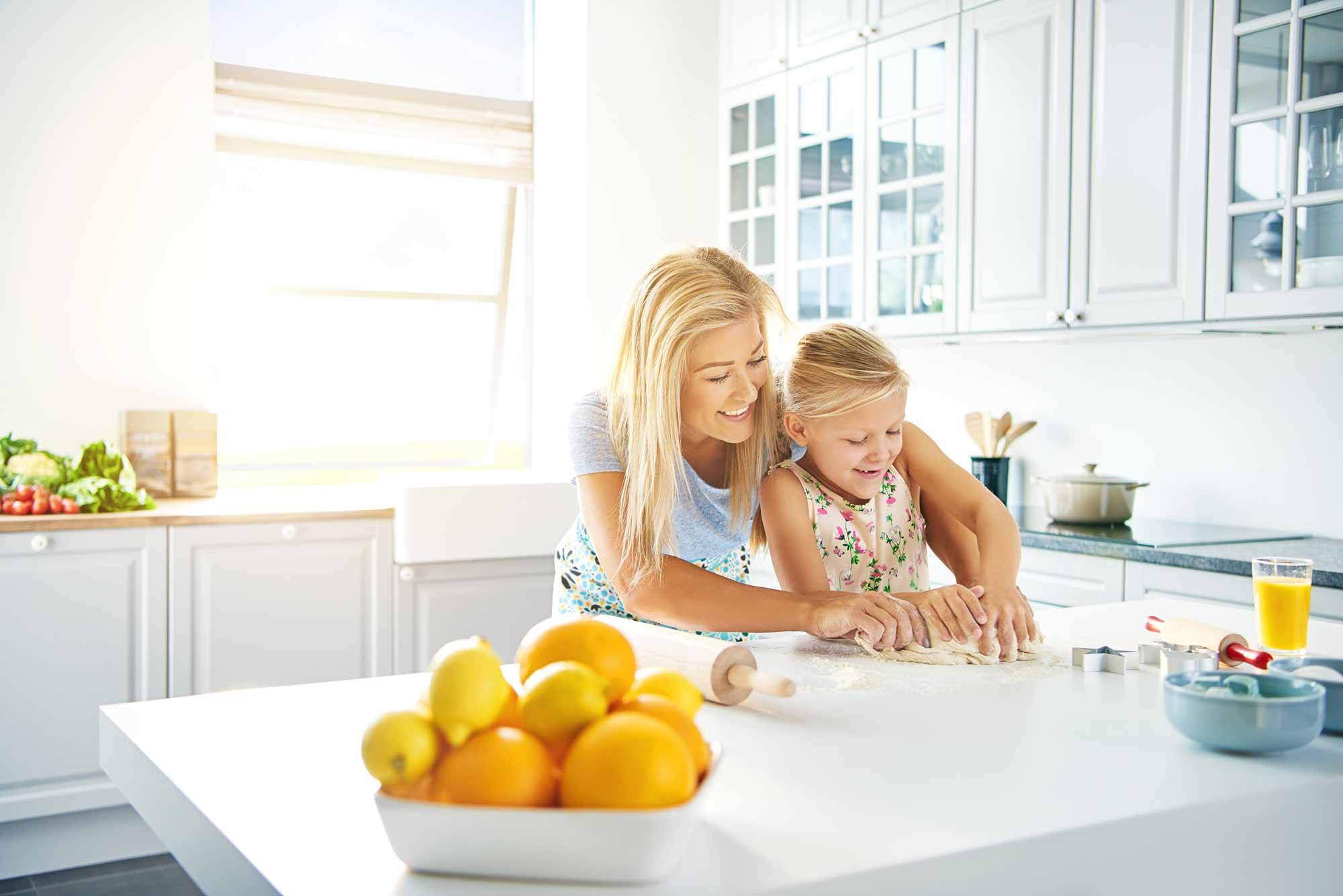
Essential Oils were found in the bloodstream in 26 seconds when applied topically! Whoa! The Vitality Line with Young Living highlights oils that are great to use internally...but guess what? The Oregano and Oregano Vitality? EXACTLY THE SAME. So don't stress too much on what YL had to do to appease "big brother!"
Add a drop (or more) of a Vitality oil into an empty vegetable capsule, a cup of tea, or a glass of water. You can even cook and bake with them! Try some Lemon Vitality in your yogurt or a toothpick tip of Oregano Vitality in your next batch of spaghetti sauce. One of my favorite things to do is add 4 drops of Peppermint Vitality to a box mix of brownies! One thing to note: citrus oils can break down the petrochemicals in plastic so it’s safer to use stainless steel, glass, or ceramic when adding oils to your dishes and drinks.
Does Young Living Test Its Oils?
I love when I get asked this...
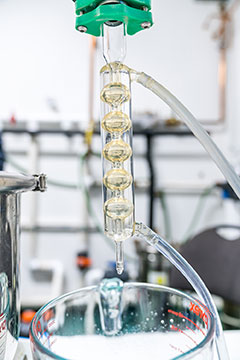
After distilling and before any bottling, we do about 20 different tests on each oil, including gas chromotagraphy (GC), gas chromatography mass spectrometer (GCMS), viscometry, densitrometry, polarimetry, refractometry, inductively coupled plasma-mass spectrometry (ICP-MS), Inductively coupled plasma atomic optical emision spectrometry (ICP-OES), Fourier transform infared spectrometry (FTIR), automated micro-enumeration, disintegration testing, pH, flash point, microscopy, combustibility, chiral chomatrography, and finally Isotope Ratio Mass Spectrometry (IRMS), of which we are the ONLY essential oil company in the world to own not one--but two.
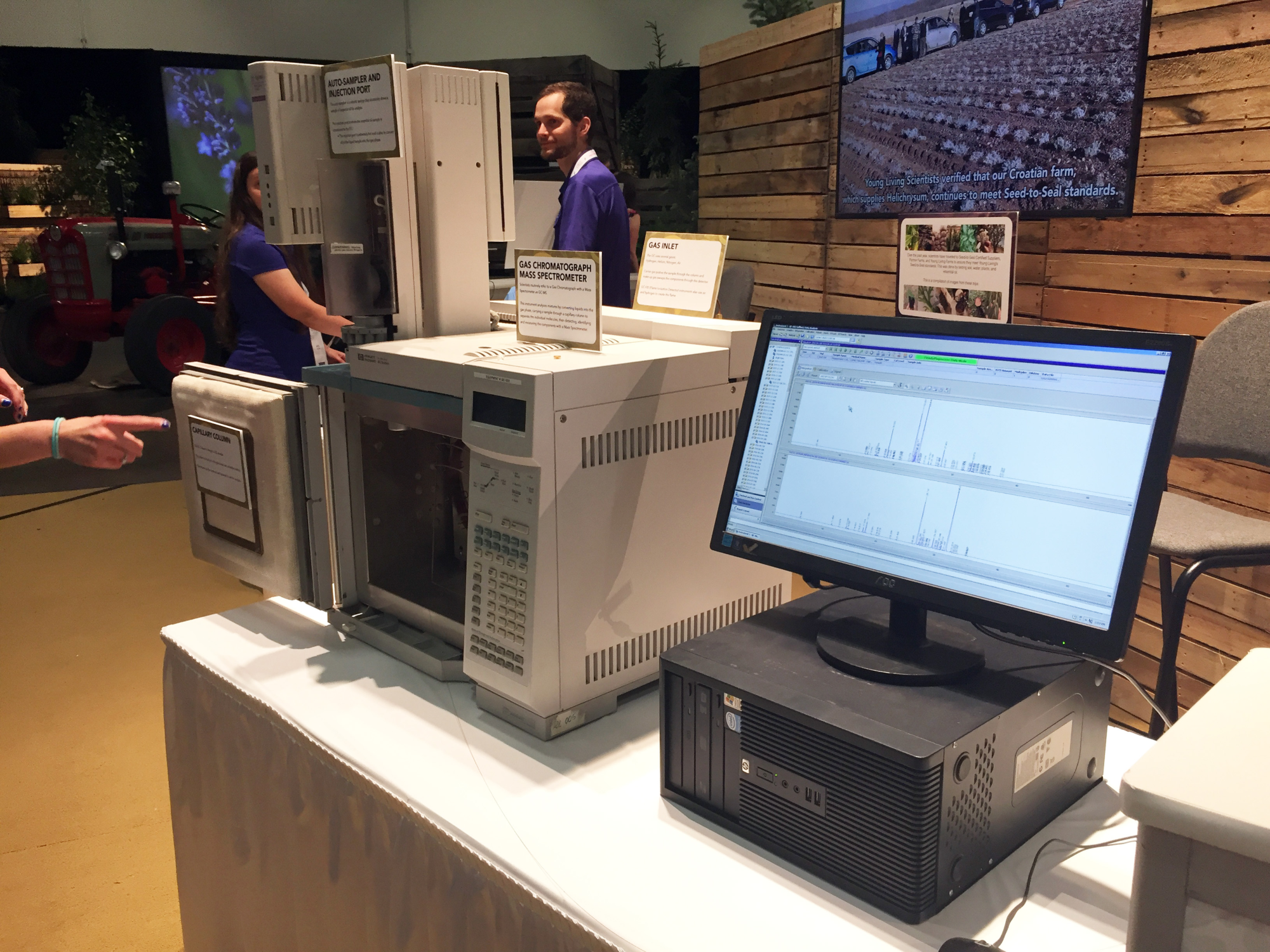 Those are most of the tests but in all we test 20 different ways, and then send them out to at least two other labs so every test is done in triplicate. Young Living can't share the names of the other labs for legal reasons (we have about a half dozen other labs we send to), but they were able to tell us these labs work with the FBI and Scotland Yard (we have distilleries worldwide), specialize in forensic analysis, were the labs responsible for analyzing the content in the shoe bomber that led to arrests, and analyzed the air mass in the envelopes with anthrax when that was going on in 2001. So these aren't hokey mom and pop labs ;-)
Those are most of the tests but in all we test 20 different ways, and then send them out to at least two other labs so every test is done in triplicate. Young Living can't share the names of the other labs for legal reasons (we have about a half dozen other labs we send to), but they were able to tell us these labs work with the FBI and Scotland Yard (we have distilleries worldwide), specialize in forensic analysis, were the labs responsible for analyzing the content in the shoe bomber that led to arrests, and analyzed the air mass in the envelopes with anthrax when that was going on in 2001. So these aren't hokey mom and pop labs ;-)
 Those are most of the tests but in all we test 20 different ways, and then send them out to at least two other labs so every test is done in triplicate. Young Living can't share the names of the other labs for legal reasons (we have about a half dozen other labs we send to), but they were able to tell us these labs work with the FBI and Scotland Yard (we have distilleries worldwide), specialize in forensic analysis, were the labs responsible for analyzing the content in the shoe bomber that led to arrests, and analyzed the air mass in the envelopes with anthrax when that was going on in 2001. So these aren't hokey mom and pop labs ;-)
Those are most of the tests but in all we test 20 different ways, and then send them out to at least two other labs so every test is done in triplicate. Young Living can't share the names of the other labs for legal reasons (we have about a half dozen other labs we send to), but they were able to tell us these labs work with the FBI and Scotland Yard (we have distilleries worldwide), specialize in forensic analysis, were the labs responsible for analyzing the content in the shoe bomber that led to arrests, and analyzed the air mass in the envelopes with anthrax when that was going on in 2001. So these aren't hokey mom and pop labs ;-)So not only is every single oil tested at least 20 times, and then in triplicate, BEFORE they are bottled, but we do this same testing AFTER bottling as well--so every single oil you use has been tested approximately 120 times.
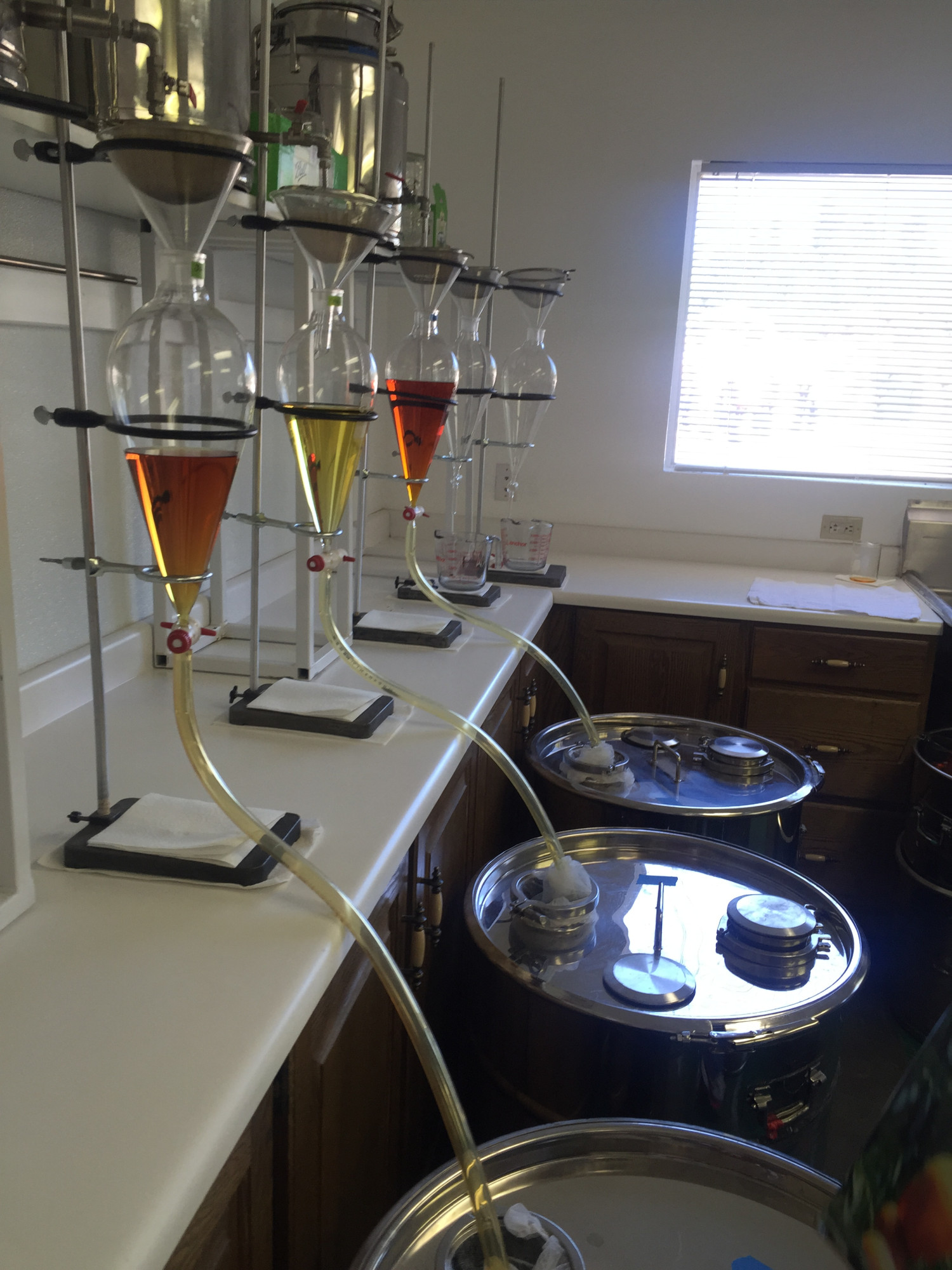 Of all the oil we produce, we only bottle and sell about 30% of it that tests up to our standards.
Of all the oil we produce, we only bottle and sell about 30% of it that tests up to our standards.We also have the only gas chromotagraph in the world with such powerful capabilities in our lab in Ecuador, as we are constantly bringing in new species from the Amazon and surrounding rain forests to test their chemical constituents. We have the largest database in the world when it comes to essential oils and their compounds and constituents.
So yes, we test ;-)
Why Young Living?
Not all oils are created equal. Found out why!
Information courtesy of Kait Palmer


